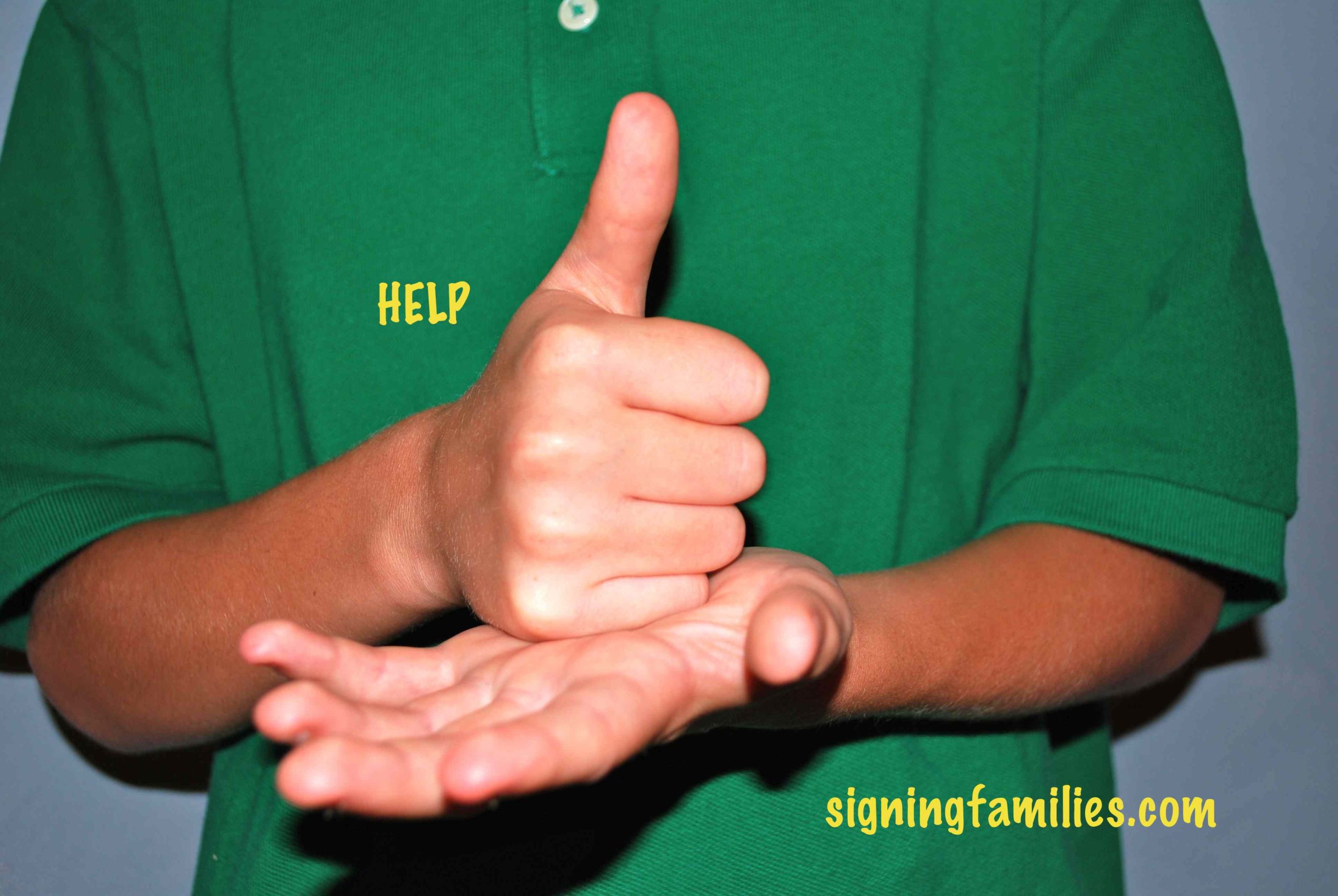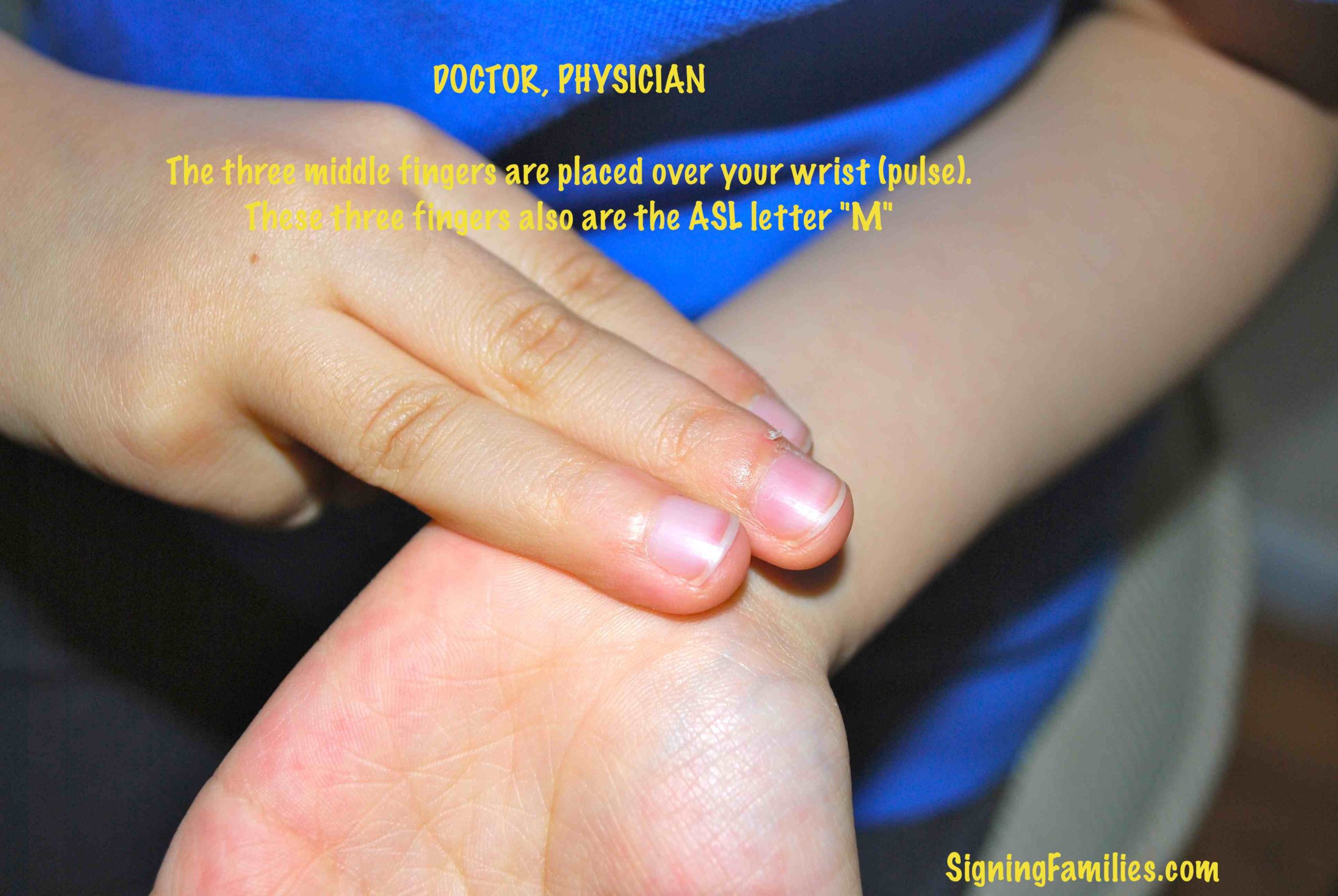American Sign Language (ASL) for Medical Situations
By Louise Sattler
Did you know that American Sign Language (ASL) is the fourth most common language used in the United States today? With over 20 million people in the country who have some kind of hearing loss, it is reasonable to say that medical providers will have as patients one or more who are deaf. Since, medical care to a severely deaf person who uses ASL to communicate is usually provided with an interpreter assisting, it usually is not the priority of most medical staff to learn sign language. Or is it?
As a person who actively is engaged in the deaf community, I have seen a positive change in the medical community toward learning to communicate with the deaf. I have noted that many medical centers and doctor offices now are learning ASL to help make their patients feel more comfortable and personalize their care. While ASL fluent doctors are far and few between and interpreters are more than likely needed regardless, it is nice to know that many physicians and their staff make an attempt to help deaf patients by learning even a few words in ASL.
For example, facilities such as HRC Fertility in Pasadena, are entrenched near a metropolitan area that has a large deaf population, Los Angeles. And, it would be reasonable to assume that deaf people need niche medical services, such as fertility treatments, the same as hearing people. Which is why I agreed to write this post for HRC Fertility of Pasadena to help educate all who read on the basics of sign language and to help bridge communication between the deaf and hearing communities, including within the medical milieu.
Below you will find several signs to help you to communicate with a deaf person / patient. Also, there are links below to learn the ASL alphabet and numbers.
Here are a few other things to know about sign language, as well.
v For single – handed signs, try to use your dominant hand. The one you place your pencil in.
v Sign slowly and try not to bounce your hand.
v Feel free to speak as you sign. Some deaf people have residual hearing and appreciate having both voice and sign simultaneously.
v Learn words that help the flow of communication, such as PLEASE WRITE.
v Never assume that a few words is equal to having an interpreter.
v A family member should never act as an interpreter, especially a child.




More resources:
About the author:
Louise Sattler is a Nationally Certified School Psychologist and the owner of SIGNING FAMILIES.
Note from the Author: Helping the deaf community is very important to me which is why I agreed to write this blog for HRC Fertility of Pasadena
